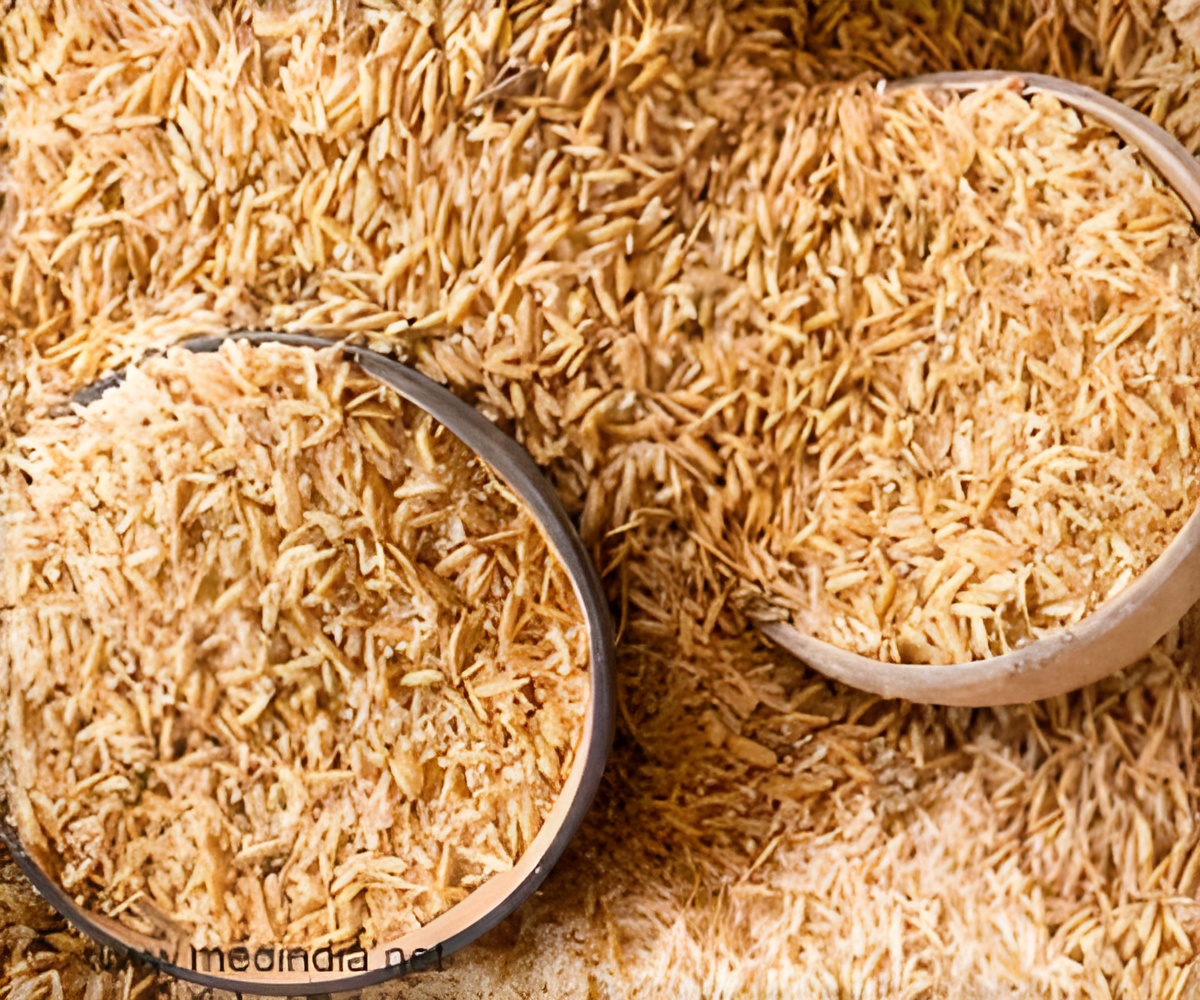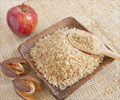Brown rice is healthier—unless it’s more toxic. This study explores the arsenic risk in your favorite “whole grain.”

Arsenic in brown rice: do the benefits outweigh the risks?
Go to source).
‘Did You Know?
Brown rice contains up to 50% more inorganic arsenic than white rice—especially risky for kids under 5. #arsenicawareness #medindia ’





Brown rice contains up to 50% more inorganic arsenic than white rice—especially risky for kids under 5. #arsenicawareness #medindia ’
Advertisements
Nutritional Halo of Brown Rice
Brown rice has surged in popularity as a go-to “health food,” praised for its rich supply of fiber, vitamins, and minerals. Often marketed as the more nutritious sibling of white rice, it's embraced by wellness enthusiasts and featured in countless diet plans. But behind its wholesome image lies a hidden danger—arsenic. The same outer bran layer that holds its nutrients also traps this toxic element, raising concerns about its safety.Advertisements
How Bad Is It?
Arsenic in rice comes in two forms—organic (less harmful) and inorganic (highly toxic), with brown rice containing significantly more of the latter. This is because arsenic accumulates in the bran, which brown rice retains but white rice loses during milling.Advertisements
Advertisements
What Should You Eat?
While brown rice offers undeniable health benefits, its higher arsenic contentraises concerns that can’t be ignored—especially over long-term exposure in children and sensitive groups.Current research suggests the risks may outweigh the rewards for some, but limitations in data leave room for uncertainty. As consumption trends shift, there’s a growing need for clearer food policies and better public awareness to guide safer, smarter dietary choices.
Reference:
- Arsenic in brown rice: do the benefits outweigh the risks? - (https://pubmed.ncbi.nlm.nih.gov/37521417/)
Source-Michigan State University










